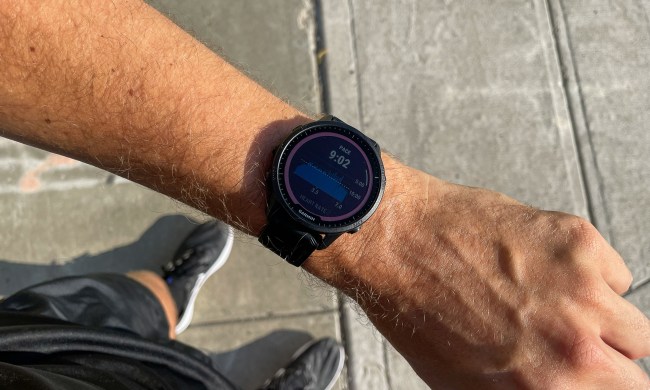
Since you can actually only focus on one thing at a time, switching back and forth or monitoring several activities in rotation burns up the very energy you need to focus on one project effectively.
Daniel Levitin, professor of behavioral neuroscience at McGill University, says studies show taking 15-minute breaks every couple of hours increases productivity, if you really take a break and relax. Using the time to check email or social media doesn’t cut it.
“That switching comes with a biological cost that ends up making us feel tired much more quickly than if we sustain attention on one thing,” says Levitin. “People eat more, they take more caffeine. Often what you really need in that moment isn’t caffeine, but just a break. If you aren’t taking regular breaks every couple of hours, your brain won’t benefit from that extra cup of coffee.”
Another study points out the link between multitasking and neuroticism. University of California, Irvine professor of informatics Gloria Mark has specifics about the time cost of task switching. According to Mark, when people stop working on a task on average it takes 23 minutes and 15 seconds before getting back to that original task. The resulting stress from not getting work done builds up.
With notifications beeping, ringing, and popping up on screens, it’s easy to go off task, but the price of interruption is high. Mark says that as we train ourselves to monitor multiple incoming notification sources including social media and email, we’re short-circuiting our attention span.
The best course, according to Mark, is to allot specific time chunks to various tasks and stick to them. Rather than clicking from your work every time new email arrives, discipline yourself to only check it on schedule. A common routine for checking email and social media is first thing in the morning, at noontime, and at the end of the day.
Levitin proposes allotting 25-minute to two-hour chunks of time to working on projects. Anything less than 25 minutes doesn’t give you time to really get going and after two hours a chill-out break is called for to keep fresh.
In the end, it sounds like the best course to getting the most accomplished at the highest quality and still being able to end the work day with energy remaining for other parts of your life is to only have one device with a single screen turned on at a time.



